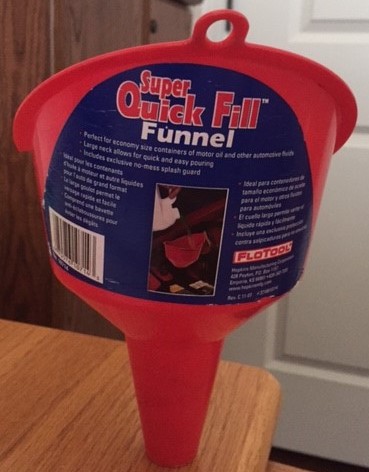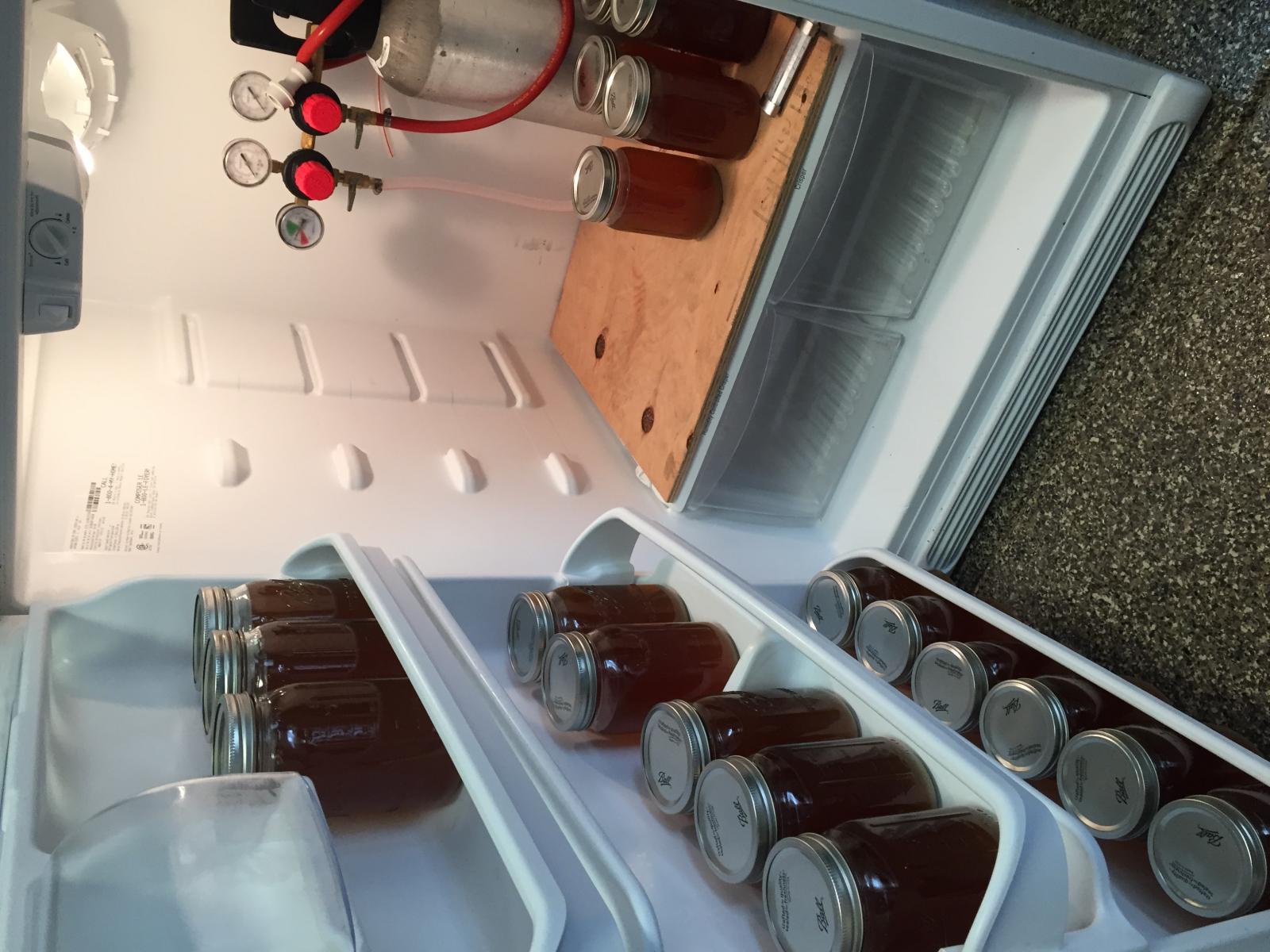johnwpowell
Well-Known Member
- Joined
- Dec 27, 2016
- Messages
- 261
- Reaction score
- 71
I use a 2000ml flask for yeast starters and always have a challenge getting dme into it after the boil. I boil with it right on the stove.
Any tips? Is there a good funnel to fit then?
Any tips? Is there a good funnel to fit then?



























































